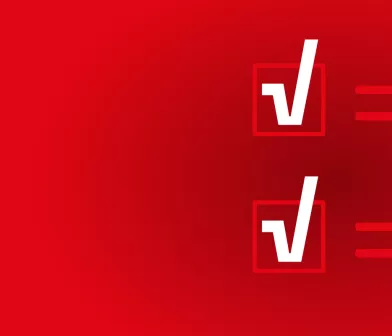Instagram, Snapchat, YouTube. For many teenagers, they’re daily destinations. But with constant scrolling come serious risks: addiction, inappropriate content, and online manipulation. Parental controls are often limited, and algorithms don't account for vulnerable users. The call for stricter regulations is growing louder. Tech companies are responding with new safety measures—while Australia is taking it even further, announcing a YouTube ban for everyone under 16.

Social media for young people
Van een YouTube-verbod tot slimme Snapchat-alerts: online veiligheid voor jongeren krijgt wereldwijd meer aandacht.
30.07.2025
Why Social Media Safety Is Crucial for Teens
Teens are vulnerable. They test boundaries, follow trends, and often can’t fully assess risks. Combine that with algorithms engineered for engagement, and you get a volatile mix. Think of cyberbullying in DMs, exposure to harmful content, or endless screen time. Safety isn’t a luxury—it’s a necessity.
Meta, Snapchat, and YouTube Strengthen Teen Protections
Meta (Facebook and Instagram) is rolling out a range of new measures: default settings that block messages from unknown users, alerts for sensitive content, and expanded parental controls (source). Snapchat is introducing something new: Home Safe Alerts (source), which notify parents when their child arrives home via Snap Map—without revealing exact locations.
YouTube is also tightening controls. Default settings for users under 18 are getting stricter. Notifications will be sent for excessive watch time, content suggestions will be limited, and risky content will be filtered more proactively (source). It’s not foolproof, but it’s a clear step toward curbing overconsumption and harmful influence.
Australia Bans YouTube for Under-16s
Meanwhile, Australia has announced a bold move: by the end of 2025, anyone under 16 will be banned from accessing YouTube. This follows an earlier decision to restrict social media access for the same age group (Volkskrant, AD). The new ruling is sparking global debate. Is such a ban enforceable? And is it the right way to protect youth—or does it risk creating a digital underground where teens explore unchecked?
What This Means for Brands and Advertisers
As platforms evolve, so does the playing field. Reach among younger audiences may decrease, targeting options will narrow, and transparency becomes more important than ever. But there are also new opportunities: brands that champion safety and responsibility can build stronger trust—and that trust translates into long-term customer loyalty.
Trust as a Growth Driver
Safety isn't a limitation—it's a foundation for sustainable growth. Parents, teens, and brands are all seeking control and reliability. Platforms are adapting, but it’s up to us to take these shifts seriously.
Curious how to advertise effectively on changing social media platforms?
Mareille is happy to guide you on how to reach young audiences safely—without losing impact.




